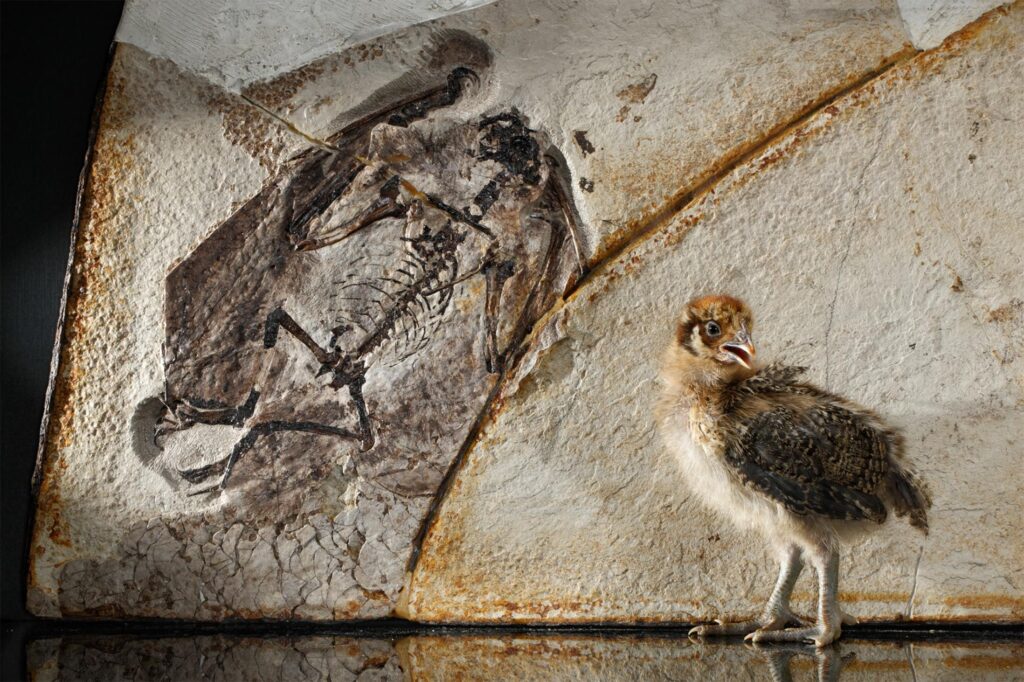Examining the 100-million-year-old transition of dinosaurs to birds, a new study has revealed that the evolution of these reptiles into birds went way beyond growing a pair of feathers. A new research carried out at Yale University indicates that the phenomenon involved extensive changes to the animals’ skulls. The researchers also see this revelation as an important clue that links changes in the brain to altering skull forms.
Dr. Bhart-Anjan Singh Bullar, the senior co-author of this study linking brain’s development to roofing of skull bones, was quoted by the Daily Mail as saying, “Across the dinosaur-bird transition, the skull transforms enormously and the brain enlarges. We were surprised that no one had directly addressed the idea that the underlying parts of the brain – the forebrain and midbrain – are correlated or somehow developmentally related to the overlying frontal and parietal bones.”
Though correlations between the brain and skull have been studied before, there has been little clarity over the link between changes in specific parts of the brain and elements of the skull roof. That’s exactly what the team of researchers at Yale set out to explore by tracing the evolution of the brain and corresponding changes in the skull shape in the lineage of dinosaurs, right from reptiles to birds. They discovered that while brains and skulls of reptiles were strikingly similar to each other, dinosaurs bearing a resemblance to birds had enlarged brains encased in ballooning skulls.

Dr. Bhullar was also quoted as saying, “We found a clear relationship between the frontal bones and forebrain and the parietal bones and midbrain. We suggest that this relationship is found in all vertebrates with bony skulls and indicates a deep developmental relationship between the brain and the skull roof. What this implies is that the brain produces molecular signals that instruct the skeleton to form around it, although we understand relatively little about the precise nature of that patterning.”
The researchers also analyzed embryos of alligators, lizards, and birds through CT scans to corroborate their findings.
“Ultimately, one of the important messages here is that evolution is simpler and more elegant than it seems. Multiple seemingly disparate changes – for instance to the brain and skull – could actually have one underlying cause and represent only a single, manifold transformation,” the lead researcher added.




